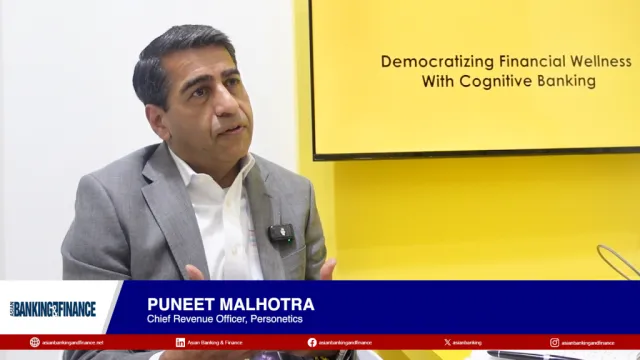AI-driven deepfakes expose banking security gaps
AI-generated attacks are accelerating faster than banks’ ability to secure.
Financial institutions across Asia Pacific are facing a rapidly escalating wave of fraud threats driven by increasingly sophisticated deepfakes and AI-generated content. According to Vo Thanh Tai, Director of Fraud and Identity for APAC at LexisNexis Risk Solutions, the technology has evolved to a point where synthetic media is now convincing enough to bypass both consumer awareness and enterprise-grade controls.
At the sidelines of Singapore FinTech Festival 2025, Tai explained that these tools now enable a range of scams. One of the most dangerous is impersonation, where fraudsters mimic trusted individuals to deceive victims. Tai pointed to a recent high-profile case where “a Hong Kong entity… lost millions of dollars to scammers during a deep fake video interview.”
Deepfakes are also reshaping identity fraud, especially during digital onboarding. Fraudsters can “create synthetic identity or manipulate existing identity,” and even defeat biometric checks using “a real time overlay of AI.” These tactics, he added, pose serious challenges for institutions relying heavily on virtual verification.
Yet despite the urgency, banks continue to lag in adopting stronger safeguards. “Businesses take some time to actually adopt,” Tai said, noting that institutions prioritise fraud solutions differently depending on their exposures. Compounding this is the fragmented regulatory landscape. “In APAC, we don't have that kind of umbrella environment… each country will have their own privacy, data residency, data localisation requirements. And that makes things more complex.”
To respond effectively, Tai emphasised the need for multilayered identity verification. Institutions must pair physical identity data with digital indicators such as device, email, and IP patterns. Behavioural analytics are equally critical: “A genuine user behaves differently from a fraudster, but also a genuine user that is under stress also behaves differently.” He added that consortium-based information sharing further strengthens detection capabilities.



















 Advertise
Advertise









Commentary
Why APAC banks must rethink their approach to the cost reduction challenge
Thailand backs major conglomerates for digital banks but risks stifling innovation